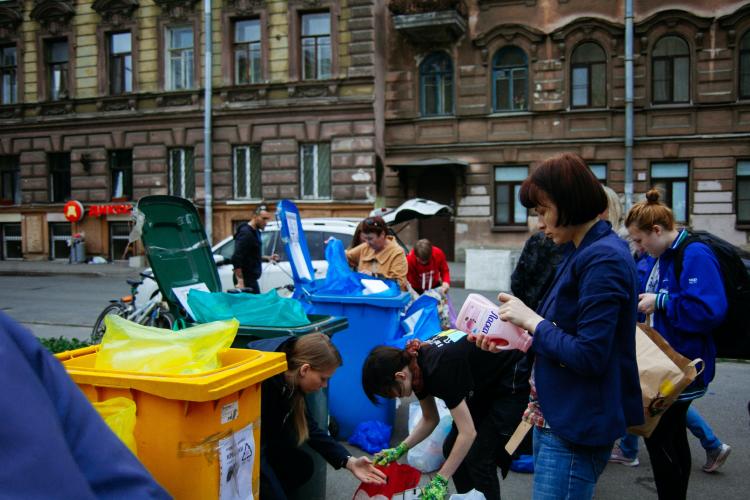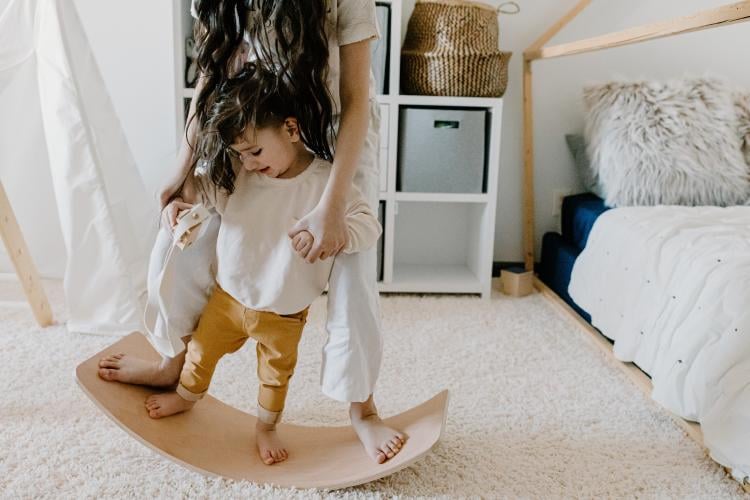
How the Reduce, Reuse, Recycle came to be the international system for waste management. The three R system is known in the scientific society as The Waste Hierarchy. Better known as Reduce, Reuse, Recycle. Which is basically a tool used in the evaluation of processes that protect the environment. Let's dive into what Reduce, Reuse, and Recycle systems mean and how to put them in motion.

So, the Reduce, Reuse, Recycle hierarchy establishes preferred program priorities based on sustainability. To be sustainable, our waste management needs to have an integral approach.
It is essentially a tool used in evaluating processes that protect the environment along with resource and energy consumption from most favorable to least favorable actions. This is from the best thing we can do to the least helpful action.
The order of preference for action to reduce and manage waste is presented diagrammatically in the form of a pyramid. And it captures the progression of a material or product through successive stages of waste management and represents the latter part of the life cycle for each product.

Simply said, it follows what we do with each product until they become waste. Let's check out an example: let's say we are going to follow the organic materials waste management hierarchy:
According to the EPA ( Environmental Protection Agency), there are two more actions lower on the hierarchy for organic waste management, which is: Energy Recovery and Treatment Disposal. But let's not get into them since I am more interested in showing the importance of the Reduce, Reuse, Recycle system.
The purpose of the waste hierarchy is to extract the maximum practical benefits from products and to generate the minimum amount of waste. Proper application of the waste hierarchy can have several benefits. It can help prevent emissions of greenhouse gases, reduces pollutants, saves energy, conserves resources, creates jobs, and stimulates the development of green technologies. As well as reduce pollution, reduce the toxicity of our waste and save tons of money.
It sounds simple because it is essentially simple. We can apply the three R´s system in our day-to-day life to chip into the fight against climate change. But first, let's understand to extend the system.
Reducing is essential to the waste hierarchy, reducing what is consumed and reducing what is produced. The logic behind it is based on that if there is less waste, then there is less to recycle and reuse. It is critical to pay attention to this when thinking about waste reduction.
To reduce our waste, we need to begin with an examination of what we are using and what it is used for. As I always say, we have the power to make a change, and it all starts within. So let's see a few simple questions you can ask yourself to be more aware of what we use and how to reduce it.
This question allows us to consider whether the item we are about to use/purchase is something essential we need to do, have, or do.
Multi-use items are a great way to begin reduction.
There are a lot of things we have and don't use. Buying stuff encourages production, wastes resources, and produces a larger footprint than you can imagine. So think twice before consuming; it's as easy as asking yourself these questions.
Reusing is basically increasing the useful life of an item or material. Learning to reuse items and materials is an essential step in the waste management hierarchy. Keeping a box of things you can reuse (not hoarding, though) is a good way to start to reuse. Using second-hand clothing and cooking with scraps fall right in this category. You can look at our posts on Second-hand clothing and Food Scraps Recipes.
The third R is in that position for a reason. Because the best and most effective way to reduce waste is by not creating them. If we fail to prevent waste from being produced and we also fail to reuse or re-purposing the items we already have, we need to put in motion the next step of the waste management hierarchy. So when we recycle something, we transform it into a raw material that can be shaped into a new item. Although, there are a few materials on earth cannot be recycled. That is why we need to try not to get here. Let's look at it as our last resource.
The primary objective of the three R system is to minimize the use of new resources and energy, making more efficient use of resources. It promotes resource efficiency by using the already available resources that are reused, reprocessed, or entirely reduced.

Keeping up with the three R system has a lot of benefits for the environment and is a key player in the fight against climate change. Here are a few of the things the reduce reuse, recycle waste hierarchy helps with:
It prevents pollution brought about by the production of new materials.
Saves energy
Reduces greenhouse gas emissions that contribute to global climate change
It helps sustain the environment for future generations
Saves money
Reduces the amount of waste that will need to be recycled or sent to landfills and incinerators
Allows products to be used to their fullest extent.
I bet you've heard of Zero Waste, which is the conservation of all resources using responsible production, consumption, reuse, and recovery of products, packaging, and materials without burning and with no discharges to land, water, or air that threaten the environment or human health. It basically aims to do nothing in a landfill. Needless to say, the key is the three Rs system. So, check out our post on An Easy Guide to Incorporate Zero-Waste Beauty Routine.
But before committing to a Zero-Waste journey, let's start by looking into what we can do in our homes, offices, and at school to reduce waste by putting in motion the three R systems:

The first place to get started is at home! Let's create new habits, shall we?
We can all do our part; students and teachers can make all the difference!

These are only a few things you can start with and build your way up.
It's important to remember that union makes force, so try and have an impact on your community. Get organized and work as a whole towards a community that respects the three R systems. You can do so by having a communication channel where anyone can offer to donate, sale, or buy second-hand items, you could set up a community garden to avoid food packaging and have a compost system to reduce food waste.

The important thing is to start to reduce waste in any way you can. And if by any chance struggle to remember the system, listen to this song called "The Three Rs" from the artist and environmental activist called Jack Johnson. It'll be stuck in your head for days!
You may be interested at: Sustainable Development Goals (SDG): How to Put Them In Practice?